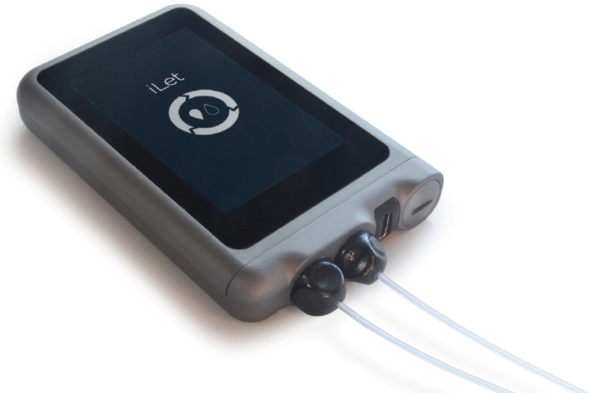Introducing an artificial pancreas that autonomously regulates blood sugar levels
The device is in the final stages before it will be available widespread.
Those with Type 1 diabetes do not produce the hormone, insulin, and must be wary of their blood glucose (sugar) levels. Chronic high blood sugar that results from too little insulin can lead to nerve and organ damage or even cause seizures and death.

Currently, to care for diabetes, those affected must have a continuous glucose monitor (a sensor inserted under the skin), an insulin pump (a wearable that can be programmed to release various amounts of insulin), and some trial-and-error since the monitor and pump do not communicate with one another.
For quite some time, researchers have been working to integrate and automate the steps in the process. As a result, they have unveiled an artificial pancreas, a system that can understand how much insulin the body needs in real time and then deliver that amount on its own.
“The artificial pancreas will allow us to live a near-normal life until there is a cure,” said Kelly Dunkling Reilly, a registered nurse and certified diabetes educator who was a subject in a recent clinical trial of Boston-based Beta Bionics's iLet pancreas. “For the first time in my 24 years with diabetes, I was able to exercise whenever I wanted and work with my patients without the constant fear of hypoglycemia.”
After years in development, several artificial pancreas models are in the final stages before they become widely available:
1. Medical device maker Medtronic filed a premarket approval application to the Food and Drug Administration for a “hybrid closed loop,” an insulin pump that analyzes data from glucose monitoring and automatically adjusts insulin rates. Users are still required to input insulin doses to account for meals.
2. Led by researchers at Harvard University and University of Virginia, a trial tested the safety and effectiveness of a system that integrates an insulin pump, a continuous glucose monitor, and a smartphone. The smartphone relies on an algorithm to analyze blood sugar readings and then instructs the pump on how much insulin to release.
3. Beta Bionics is developing a device that manages both insulin and glucagon, the hormone that raises blood sugar. Using data from a continuous glucose monitor, its algorithm selects which hormone to release and how much of it. Clinical trials are expected to begin in mid-2017, with an insulin-only version receiving approval as early as 2018.
Source: Scientific American
Learn more about Electronic Products Magazine